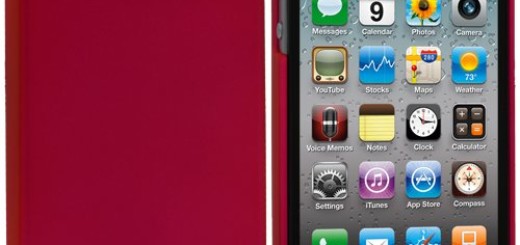The evolution of Music through technology
Technology has changed the way we live our lives. Things that were once difficult have now become easy. Most people are aware of this fact when it comes to communication. But not many people know that it also applies to music.
Consider the world of pianos. Not too long ago the only way you could enjoy the sound of the piano was to own (or listen to) a traditional acoustic upright or grand piano. Nowadays, however, there is another exciting option – the digital piano. This gadget, if you like, is capable of reproducing both the sound and feel of a traditional piano. In fact, there are people who say they cannot tell the difference between a digital piano and the more traditional upright or grand.
This of course opens up a whole new world of opportunities for musicians and piano enthusiasts. And manufacturers like Roland, Casio and Yamaha are taking full advantage. The good news for consumers is that digital piano technology is actually very affordable, especially when compared with the often prohibitive costs of acquiring a traditional grand piano (or upright). Readers may wonder how the technology works. How can a digital piano imitate the sound of an acoustic model? Of course, the answer depends on which brand or manufacturer you have in mind. Yamaha, for example, make use of “Advanced Wave Memory (AWM) Dynamic Stereo Sampling.” This might seem like a mouthful, but in essence it records the piano sound and then applies digital filter technology to make the digital piano sound just like an acoustic.
This sort of technology can be found on many digital pianos, including the portable Yamaha P95 and its predecessor the P85 model. These digital pianos are becoming increasingly popular amongst users, particularly those who cannot afford an expensive upright or grand piano. However, cost-effectiveness is not the only reason for their popularity. Generally speaking, digital pianos are also portable, i.e. users can move them about with relative ease, take them to gigs and so on. In addition, some of the top models are capable of producing the sound of other instruments as well (e.g. the electric piano, strings, even the guitar). Some digital pianos also give users the option of connecting the instrument to a computer. Using MIDI IN/OUT or USB connections, they can then transfer data to and from the computer and enhance their experience and enjoyment of the instrument. Additional sounds can be transfered; music can be recorded and edited; in short, many more options become available. The rise of digital pianos is generally seen as a positive thing. AWM technology and dynamic stereo sampling (amongst other things) now make it possible for you to enjoy the sound of a “real” piano even if you do not own a traditional model. How far this technology can advance remains to be seen.

